Enhancing Home Acoustic Quality with Decorative Sound Panels Insights from Recent Industry Research
In an era where home aesthetics and acoustic quality are becoming increasingly intertwined, the implementation of decorative sound panels emerges as a vital solution. Recent industry research highlights that over 30% of homeowners invest in acoustic treatments, acknowledging the significant impact of sound quality on overall living experiences. According to a 2022 report by the Acoustical Society of America, poor acoustics can lead to stress and productivity loss in home environments, while aesthetically pleasing solutions, such as decorative sound panels, can reduce noise levels by up to 50%.
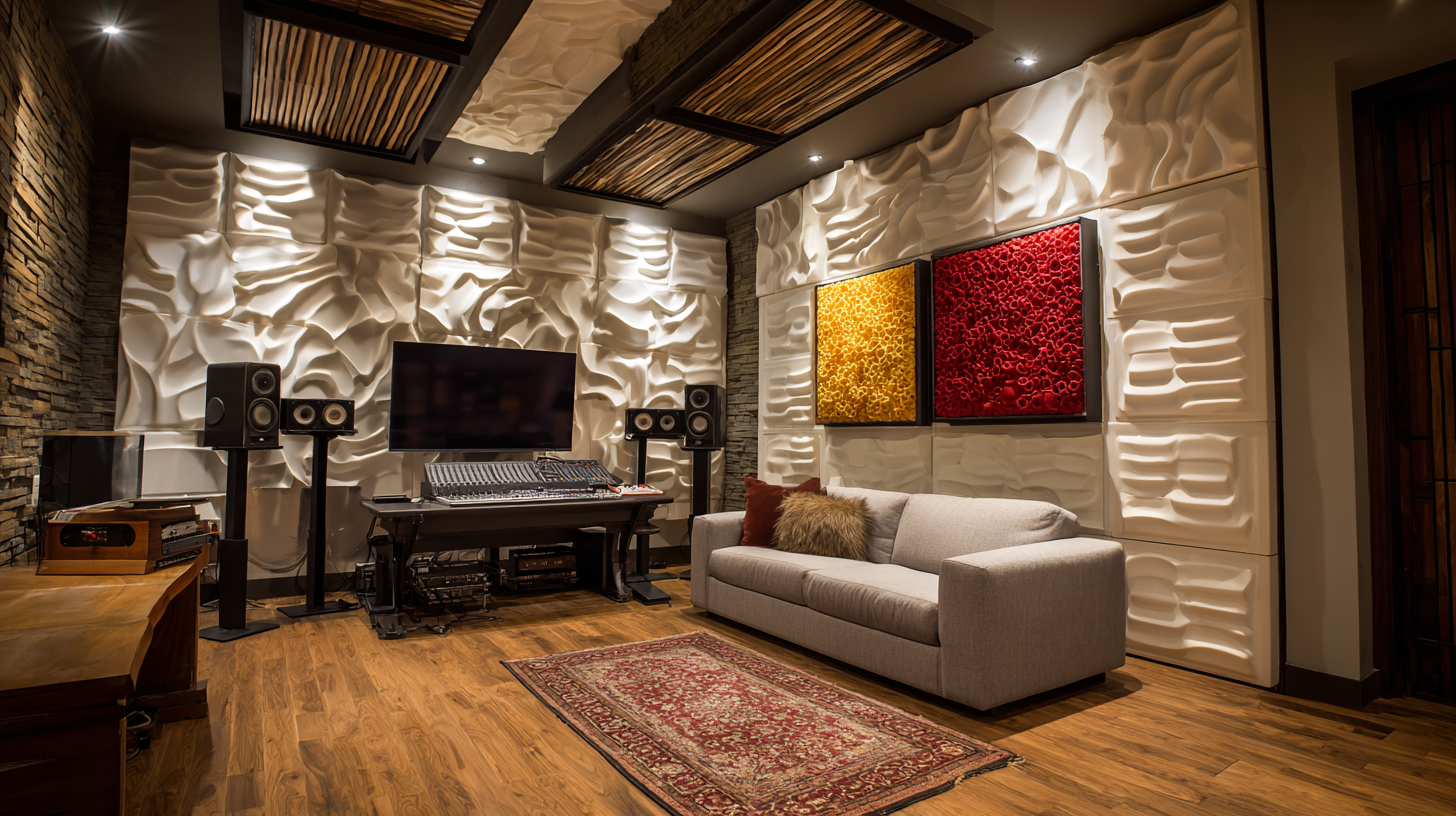
These innovative panels not only serve a functional purpose by absorbing sound waves but also enhance the visual appeal of living spaces. As homeowners prioritize both design and comfort, the demand for decorative sound panels is expected to rise, positioning them as an essential element in modern home design.
Benefits of Decorative Sound Panels for Home Environments
Decorative sound panels are increasingly recognized for their ability to enhance home acoustic quality while also promoting sustainability. Recent industry research highlights that these panels can effectively reduce noise pollution by up to 30%, creating a more pleasant living environment. The integration of acoustic panels into home design not only addresses sound management but also contributes to aesthetic appeal, making them a functional and stylish choice for modern homes.
Moreover, innovative manufacturing processes have begun to transform waste materials into high-quality sound panels. For instance, panels made from recycled PET bottles are being produced for the first time, providing an eco-friendly alternative in the interior design space. This not only reduces the environmental impact of home renovations but also emphasizes the growing trend towards sustainable living. As homeowners seek to create spaces that are both visually appealing and acoustically optimized, decorative sound panels offer an effective solution that aligns with contemporary sustainability goals and design principles.
Enhancing Home Acoustic Quality with Decorative Sound Panels Insights from Recent Industry Research - Benefits of Decorative Sound Panels for Home Environments
| Dimension | Description | Benefit | Impact Level |
|---|---|---|---|
| Sound Absorption | Reduces echo and reverb in home environments | Improved clarity in conversations and media playback | High |
| Aesthetic Appeal | Available in various colors and designs | Enhances the interior decor of rooms | Medium |
| Noise Reduction | Minimizes external noise intrusion | Creates a more peaceful home environment | High |
| Versatility | Can be used in various rooms and settings | Flexible solutions for different acoustic needs | Medium |
| Easy Installation | Typically lightweight and easy to mount | Can be installed without professional help | Low |
Key Materials and Designs for Effective Sound Absorption
Decorative sound panels play a vital role in enhancing home acoustic quality by effectively absorbing sound and minimizing noise pollution. Recent industry research highlights key materials and designs that not only improve acoustics but also serve as aesthetically pleasing elements in interior decor. Fabrics such as polyester and wool are highly effective in absorbing sound, while innovative designs like geometric shapes and organic forms can enhance both the visual appeal and acoustic performance.
When selecting sound panels, consider the amount of absorption you need based on your room’s purpose. For quieter environments, thicker panels made from high-density materials are recommended. Conversely, if your focus is on aesthetics, opt for panels with artistic designs that complement your home’s style.
Tips for optimizing your sound panel installation include strategically placing panels in areas where sound reflects the most, such as walls opposite windows or near audio equipment. Additionally, mixing different sizes and shapes of panels can create a dynamic look while enhancing functionality. This combination of form and function will lead to a more harmonious living space.
Enhancing Home Acoustic Quality with Decorative Sound Panels
This chart illustrates the sound absorption coefficients for various materials commonly used in decorative sound panels. The data indicates the effectiveness of each material in enhancing home acoustic quality.
Recent Trends in the Acoustic Panel Industry
The acoustic panel industry has seen significant advancements in recent years, responding to the growing demand for improved home environments. According to a recent report by Market Research Future, the global acoustic panel market is projected to grow at a CAGR of 8.5% from 2021 to 2027, driven by increasing awareness of sound quality and noise pollution. Homeowners are increasingly investing in decorative sound panels that not only enhance acoustic quality but also complement interior design. This trend reflects a shift towards creating multifunctional living spaces that prioritize aesthetics and functionality.
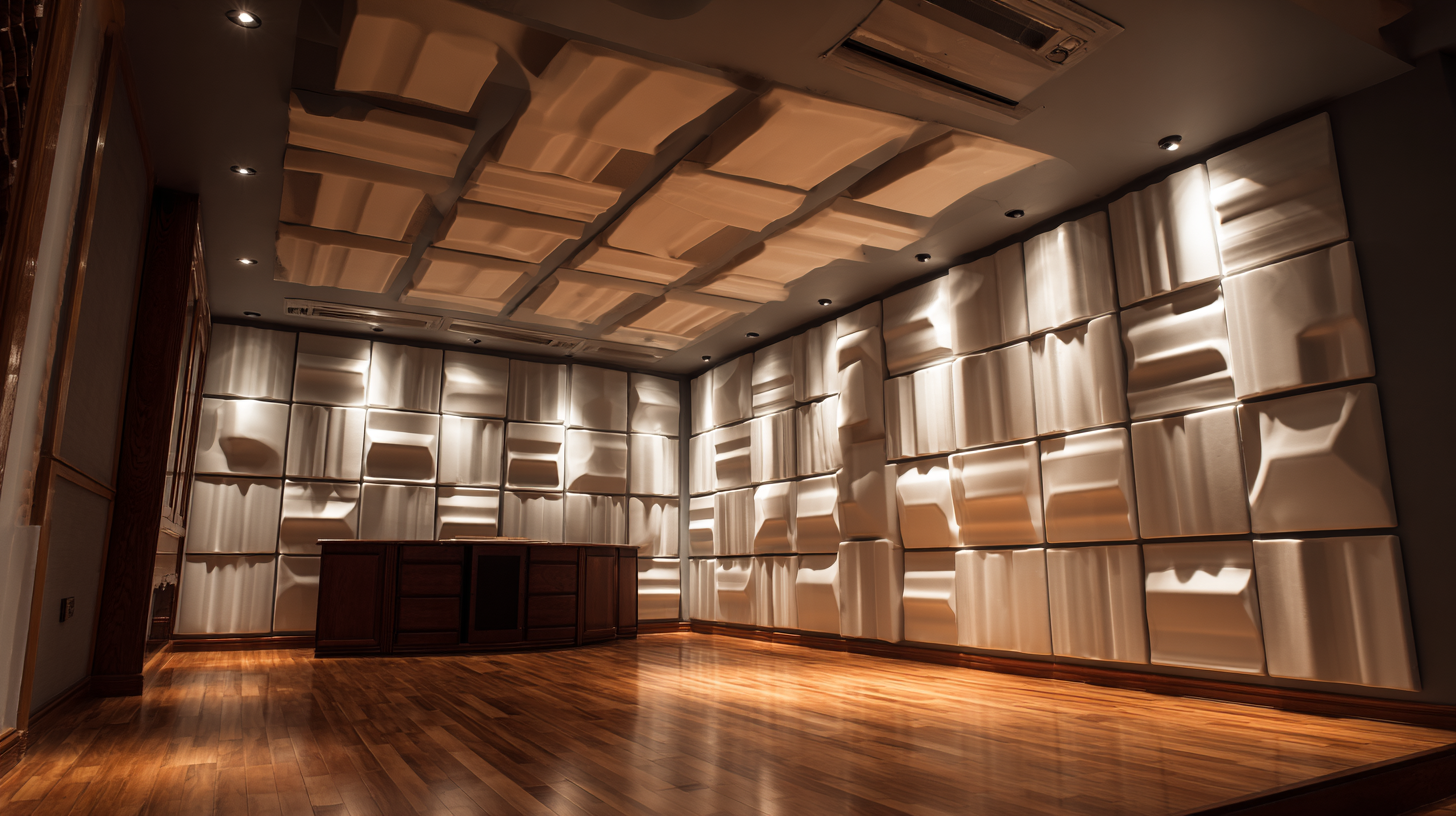
Moreover, the industry has diversified its offerings, with an emerging focus on sustainable materials. Reports from Research and Markets indicate that 32% of consumers prefer eco-friendly options, pushing manufacturers to innovate with recycled materials and sustainable production methods. Decorative sound panels are now available in a variety of designs, colors, and shapes, making it easier for homeowners to achieve both sound absorption and visual appeal. As more consumers recognize the importance of acoustic comfort, the demand for customized solutions is likely to further fuel growth in the acoustic panel sector.
How Aesthetic Appeal Influences Consumer Choices
Recent studies in the acoustic treatment industry highlight an intriguing intersection between aesthetics and sound quality in home environments. As consumers become increasingly aware of the importance of acoustic comfort, the appeal of decorative sound panels has surged. Modern designs not only serve their functional purpose of sound absorption but also act as artistic elements that enhance interior décor. This dual functionality captures the attention of homeowners looking to create inviting spaces without sacrificing style.
The influence of aesthetic appeal on consumer choices cannot be understated. Research indicates that consumers are more likely to invest in sound panels that complement their home design, blending seamlessly with furniture and color schemes. Options ranging from vibrant patterns to minimalist designs allow homeowners to express their personal style while simultaneously improving their living environments. Ultimately, the choice of decorative sound panels is rooted in a desire for both visual satisfaction and improved acoustic quality, illustrating how aesthetics play a crucial role in modern home improvement decisions.
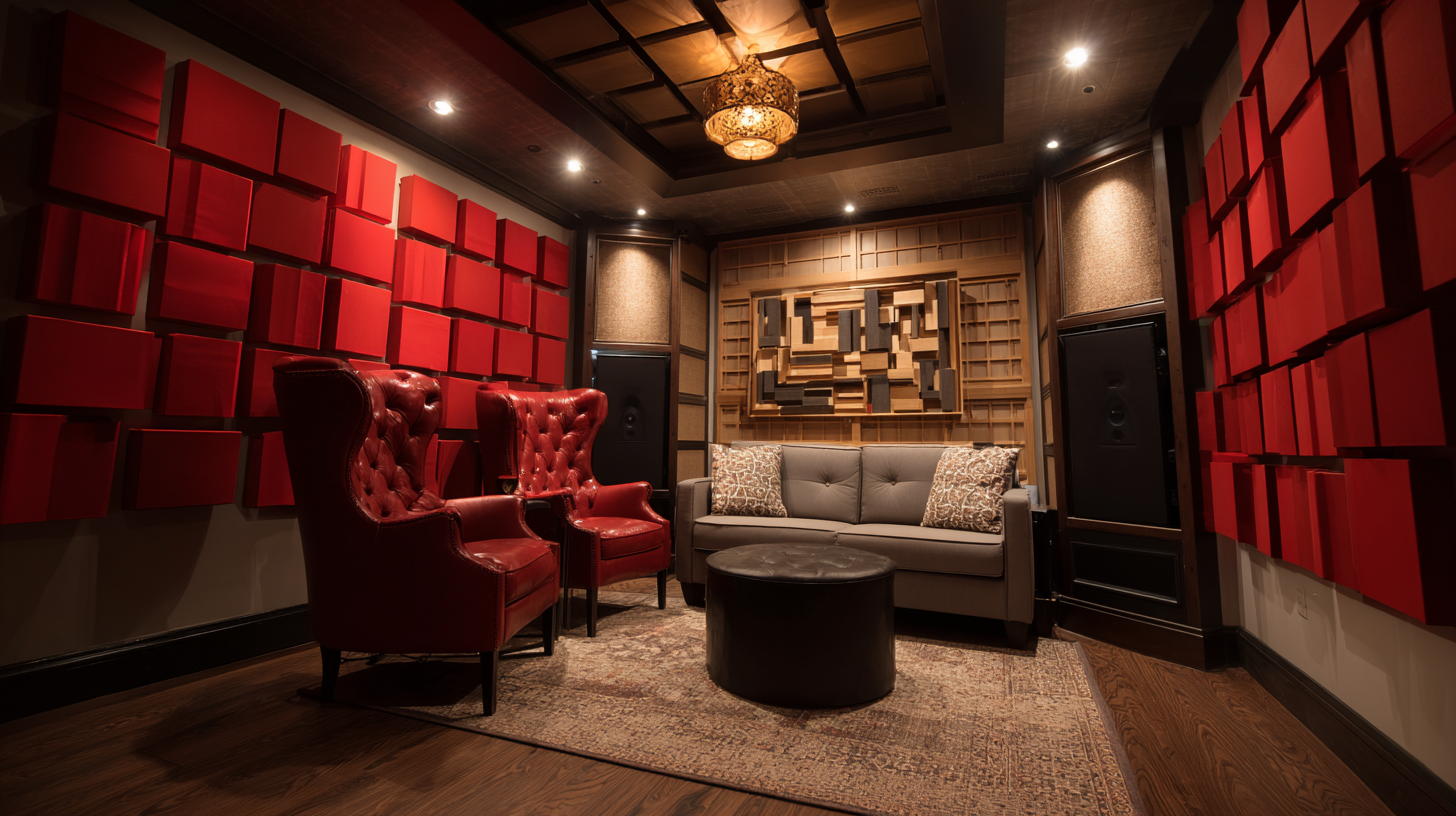
Case Studies: Successful Home Acoustic Enhancements
In recent years, there has been a notable trend in home design focusing on acoustic enhancements through decorative sound panels. These panels not only improve sound quality but also serve as aesthetic elements in home décor. Case studies reveal that homeowners who integrated these solutions experienced significant reductions in noise levels and an overall improvement in their living environments. One successful implementation involved a family that transformed their open-concept living space into a serene haven, showcasing how sound panels can blend functionality with style.
Additionally, research initiatives have highlighted the importance of understanding noise pollution and its impact on well-being, which is clearly reflected in home acoustic enhancements. By adopting strategies from various successful projects, such as those seen in retail banking partnerships, homeowners can achieve transformative outcomes. The emphasis on creating quieter, more peaceful spaces aligns with broader industry insights that prioritize environmental sustainability and personal health in interior design. As more individuals become aware of the benefits of these acoustic solutions, the market for decorative sound panels is poised for remarkable growth.
Related Posts
-
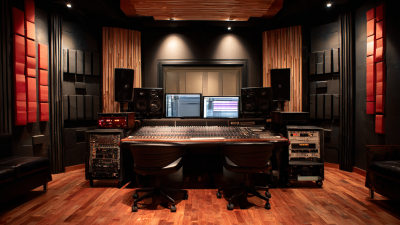
The Ultimate Guide to Using Soundproof Panels for a Quieter Home Environment
-

Maximize Your Space's Acoustics: Effective Sound Absorption Techniques Backed by 80% Industry Success Rate
-
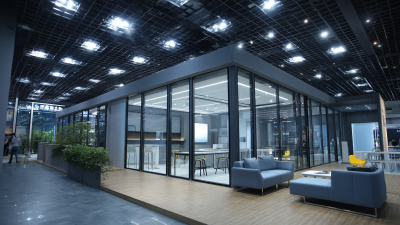
Exploring Innovative Sound Deadening Panels at the 138th China Import and Export Fair 2025
-

Transform Your Space: The Surprising Benefits of Acoustic Ceiling Tiles Explained
-

Discover the Science Behind Sound Proof Panels: How They Transform Your Space into a Quiet Oasis
-
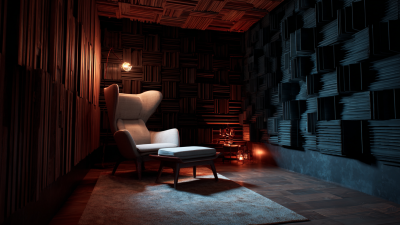
Creating Your Perfect Soundproof Room for Ultimate Peace and Quiet

